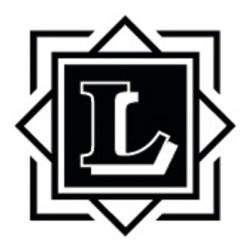Analysis
The trustees of two family settlements applied to the court for authorisation of action that they proposed to take. David Holden-Hindley created the No 7 Settlement in 1973 for the benefit of his children, issue, his sister-in-law and her children and his sister Doreen Hindley and her children and issue. His brother Airlie set up a similar trust the No 9 Settlement in 1975 but only his children and those of his sister Doreen were beneficiaries. In both settlements illegitimate children were excluded.
In 1983 two deeds of appointments were made under the two settlements for the benefit of Airlie’s daughter Emma. The deeds provided that the fund and income should be held on trust for her and on her attaining the age of 25 she was entitled to the income for life and the capital would be held on trust for her children. The trustees also had the power to apply all of the capital to or for the benefit of Emma absolutely and had to have regard exclusively to Emma’s interests.
Subject to those provisions the trust fund was to be held for Emma’s brother Mark on identical terms and subject to that for the benefit of the children of Doreen and David.
In 2011 Emma had a daughter Teya with her partner and similarly Mark had a child outside marriage. To overcome this the trustees wanted to make a further deed of appointment to pay income to Emma for life and subject to that the capital and income to be held for any of Emma’s children, whether legitimate or illegitimate. The children of Doreen and David did not oppose the application.
Emma’s mother (who is also a trustee) strongly supported the application because of the worry that Emma could have future legitimate children able to benefit under the settlements whilst Teya was not able to. Emma could be left in a position where she had to make financial provision for her illegitimate children from her own resources to achieve equality with her legitimate children who are able to benefit under the settlement.
The court needed to decide if the proposed deed fell within the power given under the 1983 deed of appointment and whether it was exclusively for the benefit of Emma.
Held (authorising the trustees):
- (1) The settlement defined the original class of beneficiaries but did not have any further implications in restricting the trustees’ powers.
- (2) The trustees have correctly come to the court seeking approval before taking action and have also carefully considered whether entering the deed is exclusively for the interests of Emma and her benefit.
- (3) Emma is currently in the anxious position of potentially making unequal financial provision for her children should she have another legitimate child and therefore this deed of appointment is clearly for her benefit.
Continue reading "Holden-Hindley & ors v Holden-Hindley & anr [2013] EWHC 3053 (Ch)"

